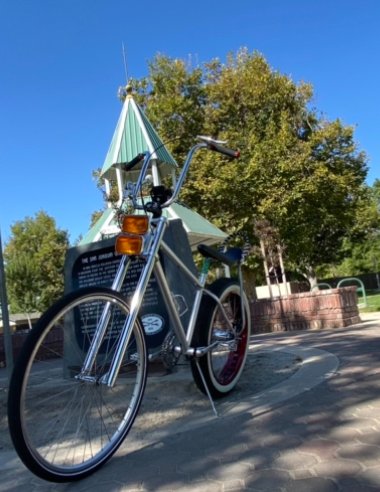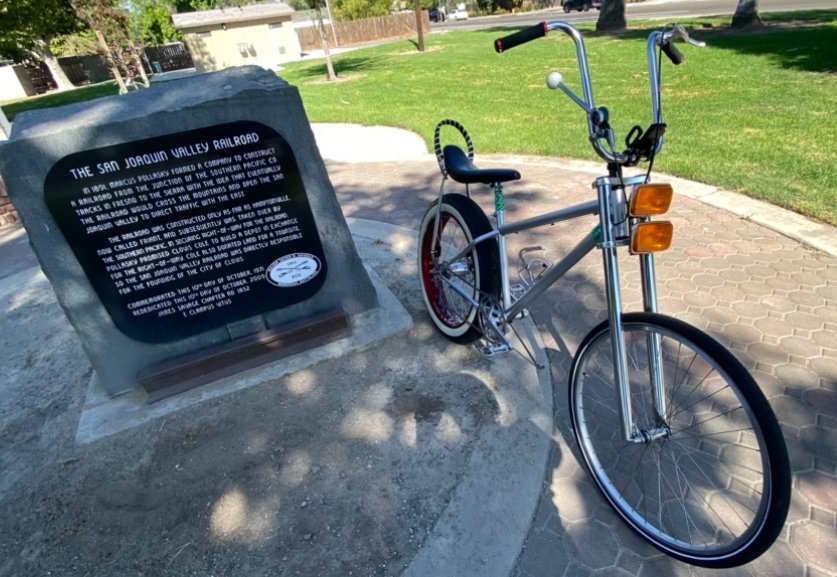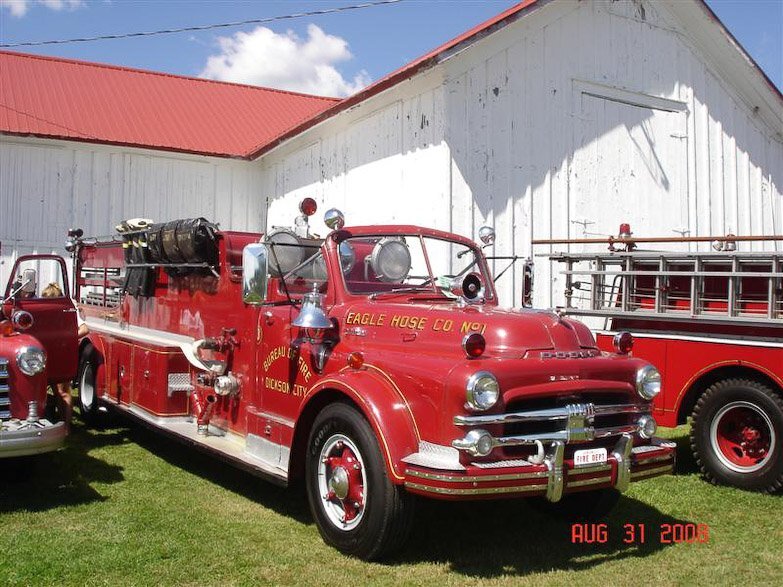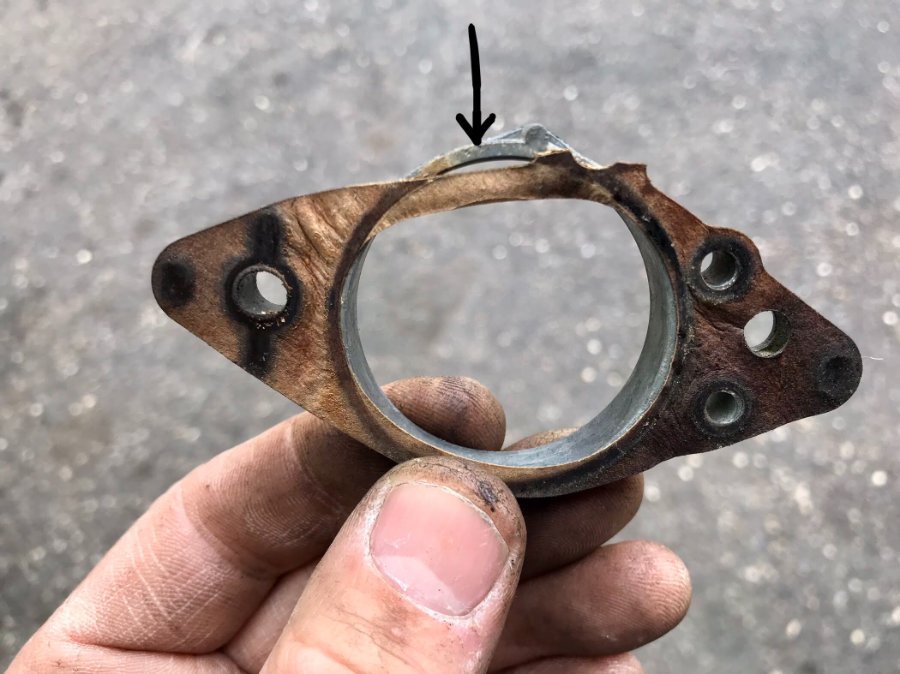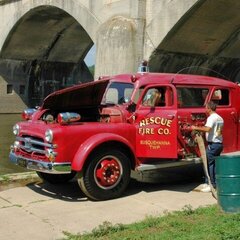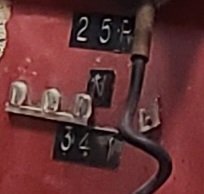Leaderboard
Popular Content
Showing content with the highest reputation on 08/20/2022 in all areas
-
Pay attention to the message, not the messenger. Lots of really knowledgeable people have poor people skills. I decided years ago separate the delivery from the content and learn from the best I could find, not the friendliest. some of the best advice I've received came from the least pleasant sources.3 points
-
2 points
-
it's a "pit" to work under my vehicles in order to spray them with fluid film for winter rust protection. drive on, do one half, turn vehicle around, do the other end. etc. the space will fit a 4x8 sheet of plywood, so i can use my creeper while spraying.1 point
-
1 point
-
I just wanted to recognize our fellow Forum member, Go Fleiter, for the help he’s provided my friend and I in obtaining rare parts from Europe for his 1948 Peugeot woody wagon. It seems to be one of two left in the US, which makes the parts hunting quite fun! Two in the Country: 1948 Peugeot Woodie WagonWe needed to purchase three engine main bearings and as far as we could tell the only ones available anywhere were for sale from a French vendor who wouldn’t ship to the United States (or non-EU countries)I reached out to Go. He received the parts from the French company, mailed them to my friend in California and then wouldn’t take any money for the postage suggesting we donate the amount to a charity to help with the situation in Ukraine. Interesting note: the original box has a 1960 date- obviously NOS! Thanks Go! This camaraderie and willingness to help is what makes our hobby so fulfilling.1 point
-
1 point
-
Rob, My research shows that my 1952 was originally from the city of Enumclaw. So that would make 3 here in the upper left by my count. Hoping to get mine started soon. Just waiting on the new balance tube to be finished up by my son. Then I need to take a look at the fuel lines as I put it all back together as it almost seems like I have too many.1 point
-
Yes and no. You can't feed it a straight 12 volts but you can use a ballast resistor to drop the voltage to the coil.1 point
-
I think they should just let you store it at the station to get it going...once running they might be ready to follow through to finish the project. And..... they should gift it to you after all the needed work.? Oh and here's another heavy series fire engine to get excited about... though not for sale...just a old internet pic .1 point
-
Good work there @Crazyred, digging in and getting it done. I went through some similar issues with my '38. I'll share some of my thoughts to give you some ideas to check. Here's how my tiny brain grasps the sujecct matter: When you rebuilt the carb did you soak it somehow, in a cleaner with all the plugs, balls and screws out? At the base of the carb is there an adaptor? There are vacuum passages in there. Mounting gaskets, spacer plates, adaptors, heat shields, etc, have recesses cut away and must be lined up to prevent blocking of the vacuum passages. This passage allows vacuum to sort of get up and around the main throttle valve when it is closed. Via an internal tunnel bored into the carb body. A tiny hole or two, can be seen in the carb wall, right near where the throttle valve contacts the carb wall. Right below the throttle valve, when it is fully closed. This little port, allows fuel to enter into the intake manifold below the throttle valve. This happens at idle when the throttle valve is fully closed. I think you physically adjust how much fuel/air enters into the intake when the main throttle valve is fully closed, by opening and closing the air/fuel mixture screw. This adjustment only tweaks A/F mixture at idle, and just a tad, a hair off idle. As you slowly open up the main throttle valve, the low pressure point (vacuum) travels farther up past this tiny fuel inlet port. The engine really starts sucking in air now. It wants more and will take all you will allow it, until it blows up. Yet we maintain control of air and fuel intake via the carburetor. An engine won't run on air alone of course. So we mix fuel in with it. As precisely as we can. Within the limitations of a carburetor. As the main throttle valve opens, the fuel now enters the carb higher up the throttle body. Possibly 2 different inlets now. Larger openings called jets, allow way more fuel in, compared to the tiny port at idle. These jets are precision drilled holes that allow a specific amount of fuel in. As you open the throttle, linkage connected to the accelerator pump gives it a good squirt of raw fuel. It may have its own inlet, or may force the raw fuel out through the main fuel intake. You may see this happening up high in the intake, further down below the choke. The carb intake necks-down just below the area, speeding up the air flow. Creating more vacuum up in this area. Also atomizing the raw liquid fuel. The top of the fuel bowl is vented to atmospheric pressure. The carb venturi is well below atmospheric pressure. This phenomena causes fuel to flow in the carb through the main jet now. All the parts of the carb, from the intake down, have to be sealed up air tight. All the sandwiched layers, plates, adaptors, etc must have proper gaskets so air cannot enter the carb via any other way, except through the controlled ports. If air enters via some other opening, we then loose control of the incoming air. This takes away vacuum pressure from the ports where we need it. At the idle air mixture screw for example. You twist and turn the idle A/F mixture screw and nothing happens, until you close it all the way and the engine may stumble. That's a good sign of a vacuum leak elsewhere. When you tweak the other screw on your carb, the idle speed screw, you are locking open the main throttle valve. Just moving it slightly and holding it there. As you open that valve, vacuum travels further up into the carb and starts drawing fuel in from the main jet. Some carbs may have an intermediate jet. Its main use is to deliver fuel in the zone between idle and the main jet delivery. If the car runs at higher idle as you turn up the idle speed screw, yet won't at low idle, that is another sign you have an issue with the jetting or internal passages drilled in the carb. Something may be plugged up with foreign material, or you may have a vacuum leak. The stumble showing in your vacuum gauge. I agree with what others have said. I think you have valve sealing issues. Intake valve sealing issues. The intake valve is supposed to be 100% closed and sealed when combustion occurs. This little controlled explosion, will push exhaust gasses out of the cylinder any where it can. An unsealed intake valve would allow gasses to travel back into the intake manifold. Forcing your needle to move in the the opposite direction. This happens quickly of course, with each cylinder that may have a valve leak. The vacuum gauge needle flutters as shown. Have you completed a compression test yet? Both wet and dry? What are the results? Here's an example of a vacuum leak I found at the carb base mounting area. You can also see two vacuum ports, drilled holes, at the right side of this adaptor plate.1 point
-
0 points

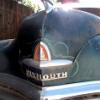
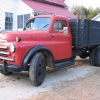

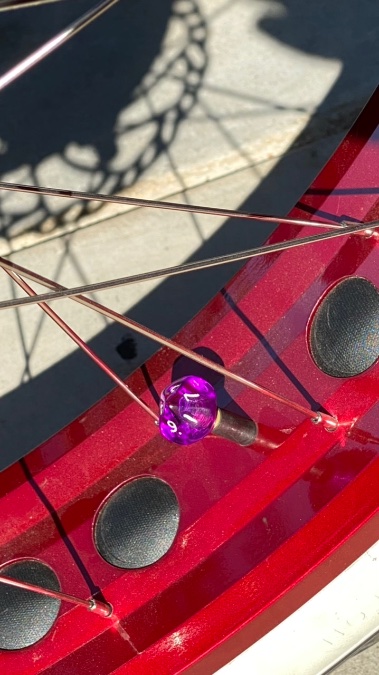
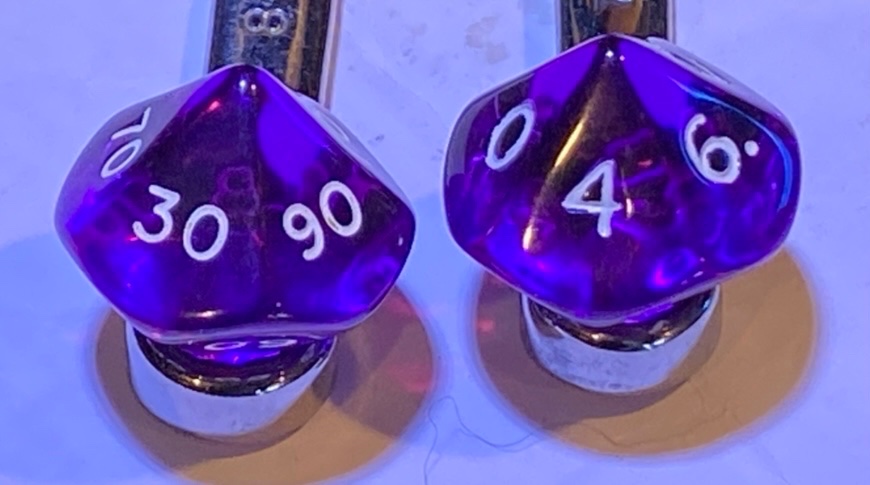
.thumb.jpeg.28cb36506a6b17cd30e7d4a22504384d.jpeg)
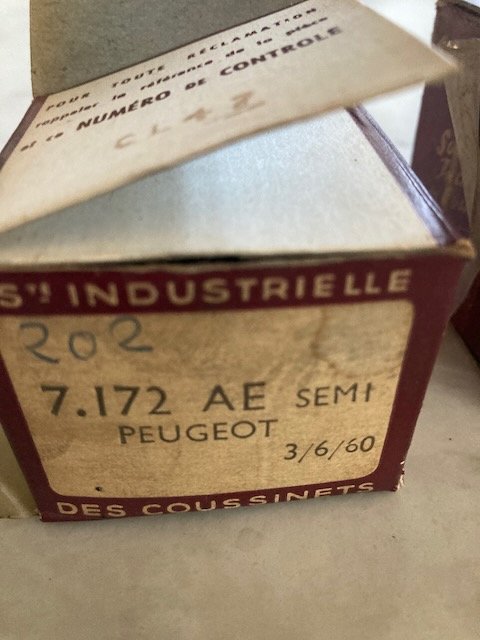
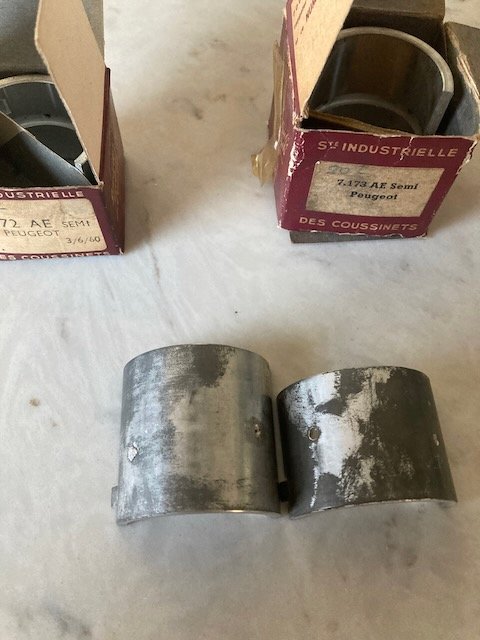
.jpeg.28b7d36ff14eeb827515321b74ed677e.jpeg)
